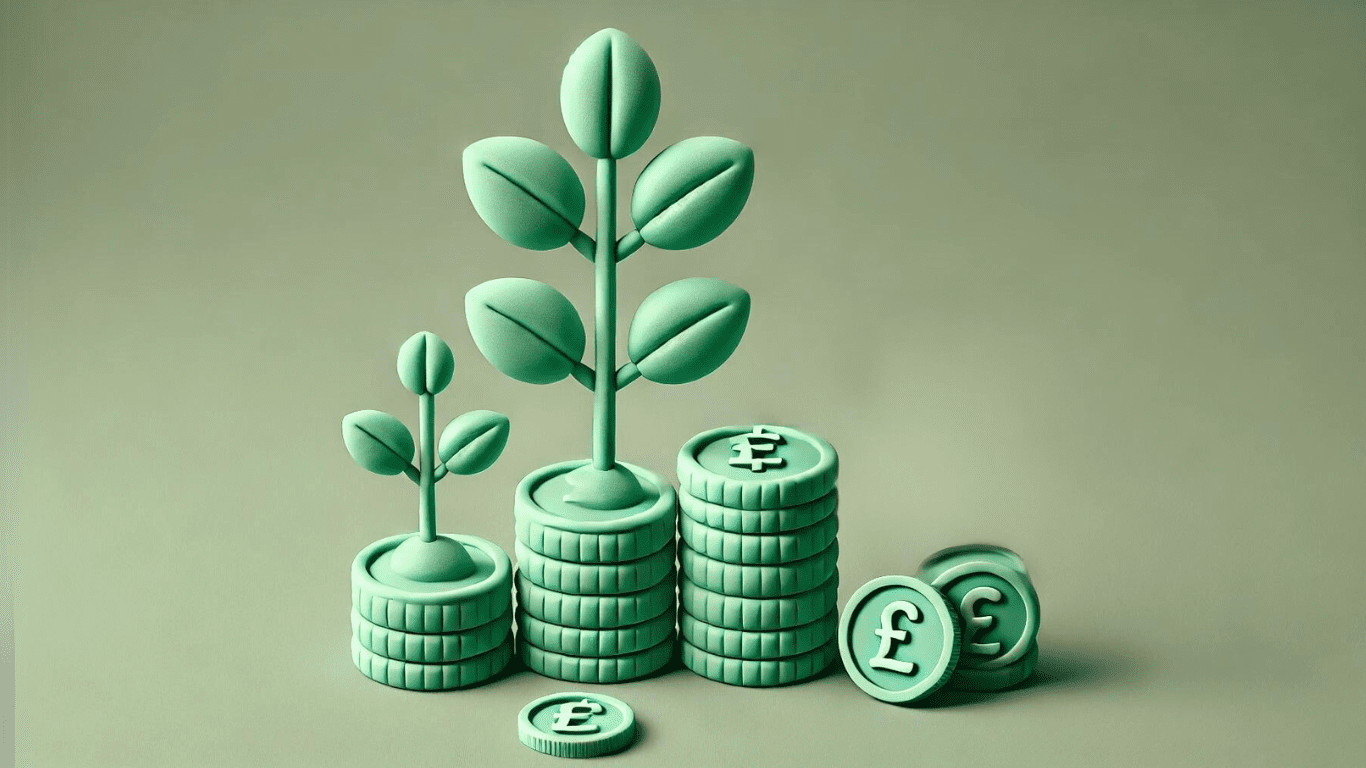No one can deny that 2020 will go down in history as one of the most challenging episodes ever for humanity. A period in which the whole world surrendered before the scourge of a relentless virus. And the new year is not immune to its impact – 2021 is set to be extremely challenging. For supply chain professionals, Covid-19 has left them facing intense pressure and constant challenges, but it has also highlighted more than ever how important their role is to the organisation and to the world as a whole.
The main challenges involve securing continuity of operations, in an environment that is both hostile and uncertain and has thrust procurement teams into a large-scale digital transformation, where those who tackled things head on stayed afloat, while those who failed to react in time have really felt the blow.
So, what does the year ahead have in store for the supply chain and its professionals? What do we need to consider when preparing for an uncertain 2021? Below are some of the trends to watch out for.
Risk-proofing the future
If there is one thing this year has taught us, it is that we need to be prepared for any event, particularly in a world that is constantly changing. Covid-19 has shown us, more than ever, that having clear and effective risk management policies in place is key to adapting to current challenges.
Last year left some prominent organisations in a tight spot. Toyota, for example, had to stop operations in the areas most affected by the virus and restrict employee travel. The same was true for hundreds of organisations that were not prepared.
Having a risk model that is in line with legal standards and meets the needs of the sector is a good Plan B in times like these, to help minimise threats and the associated impacts.
In this context, visibility is crucial. You cannot manage the unknown. However, complex the supply chain is, having a clear map that indicates potential problems or weaknesses, and that helps prepare adequate contingency plans, may be the difference between success and failure.
“Organizations that are able to respond to changes in their up- and down-stream supply chains and continue to deliver to their customers will overcome the difficulties from the Covid-19 crisis and the crises to come,” explains Kaplan, Director and Commodity Analyst, Commodity Analysis and Insight Ltd, in Global Crisis and the importance of Procurement Agility.
Is your team prepared?
With more complex and longer supply chains – a study identified that around 80% of producers have departments in multiple countries – having professionals that meet your needs has become imperative.
While the priority for senior procurement teams is focusing on acquiring skills to respond to a new digital era that includes implementing large-scale data management for forecasting and market analysis (big data analytics), the Internet of things and automation in the supply chain), professionals who join forces and already have knowledge in the area will be very much in demand.
The digitalization of supply chains brings with it a high volume of data that must be analysed so it can be used correctly. This increases the efficiency of processes and operations, and facilitates decision-making.
Those who are more technologically savvy and can adapt to this demand will undoubtedly be gamechangers in transforming the organisation for the better.
It must be emphasized that having tools that make this task easier such as supplier insight reports and supply chain mapping will make it possible to access relevant and clear information in just one click.
This is emphasized by Frederic Girardeau-Montaut, Managing Director & Global SAP Ariba Leader Deloitte Consulting LLP., in the webinar What’s Ahead: A Perspective on the Future of Procurement “Many of the innovations we are working on are focused on bringing more intelligence to the source-to-pay and supply chain processes. Making sense of high volumes of data being processed […] to help them make better span-related decisions”.
Supply chains are going green
Society will continue to demand environmentally-friendly supply chains. While many companies have incorporated processes in line with this demand, supply in sectors such as electricity and transport continues to be seen as a significant source of carbon emissions and pollution. In light of this, many organisations have, for example, started to shift towards renewable energy sources and implement carbon footprint traceability systems.
The carbon-free supply chain is a growing trend. Powerful brands like Apple – committed to becoming a carbon-free company by 2030 – will face major challenges if they are to succeed. A good starting point will be operational and technological restructuring involving every level of their supply chain to ensure their actions yield results and are measurable.
Audits in this area and team work with everybody involved in the supply chain are key.
Those organizations that adopt sustainable processes will achieve public recognition and better economic returns in the long run. An international study conducted by Unilever, involving more than 20,000 adults from 5 different countries, found that 1/3 of those interviewed prefers sustainable brands and that 21% of those would prefer to buy products that clearly indicate this on their labels, and this is a growing trend.
Cyber security: The great challenge
As Carlos Sáiz, partner at ECIX Group, explains: “There is enormous regulatory pressure to identify and prevent cyber security threats prior to engaging suppliers and during the contractual relationship. COVID-19 has highlighted how dependent companies are on third-party services and infrastructures, which include us (ECIX) (Cloud platforms, call centres, video conference tools). The cyber security risk in large companies will be exponential given that we work with a large number of suppliers”.
It is a fact that supply management is increasingly concerned about cyber security, and especially the spiking risk level in recent months. The trend to invest in cyber security is growing and there is increasing concern about suppliers, given the high level of dependency.
One case that caused a stir in industry and is a clear example of the negative impact of cyber attacks is that of British Airways. The airline was fined £20 million by the ICO (Information Commissioner’s Office) after its customers’ personal and financial details were breached. A lack of security measures and data handling protocols without adequate measures were the factors that led to this penalty, considered to be one of the highest in the industry.
It is an increasing trend and in an ever-evolving digital era, an organisation’s vulnerabilities will be all the more exposed, especially in departments that are so dependent such as supply. So, what can be done about it? Having the tools to help reduce risk will be key in the year ahead. Platforms to control the risks by way of data and in real time such as cyber security management may prove to be a fantastic ally in 2021.
For supply chain professionals, the new year will be a period of major challenges, change, and ongoing adaptation to the digital revolution and all the benefits and opportunities involved, but also to risk control.
The environment will continue to set the tone and the uncertainty in which we are currently living will push teams to have risk plans and greater visibility in their supply chain.
If you need support to successfully manage your supply chain over the coming year, get in touch with us. We can help you to make 2021 a successful year for your organisation.


